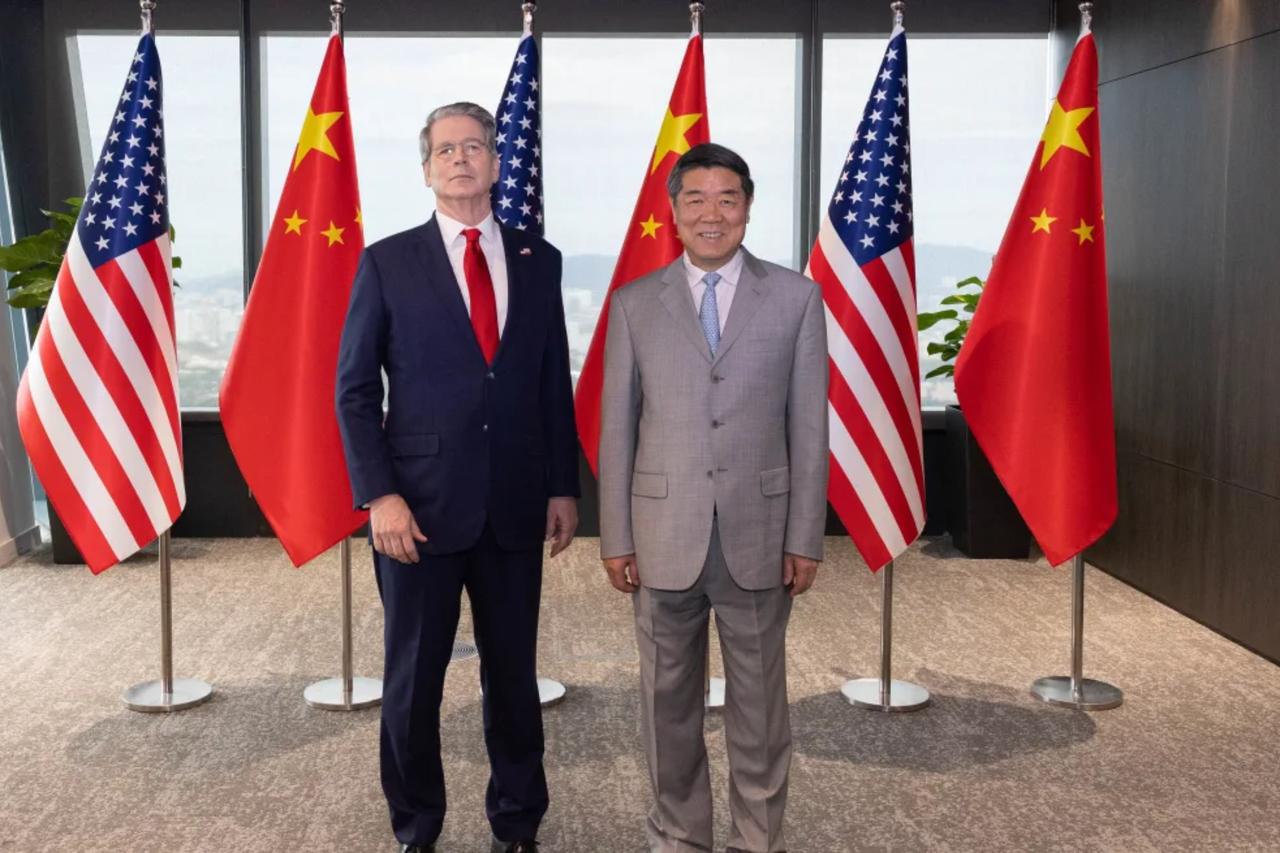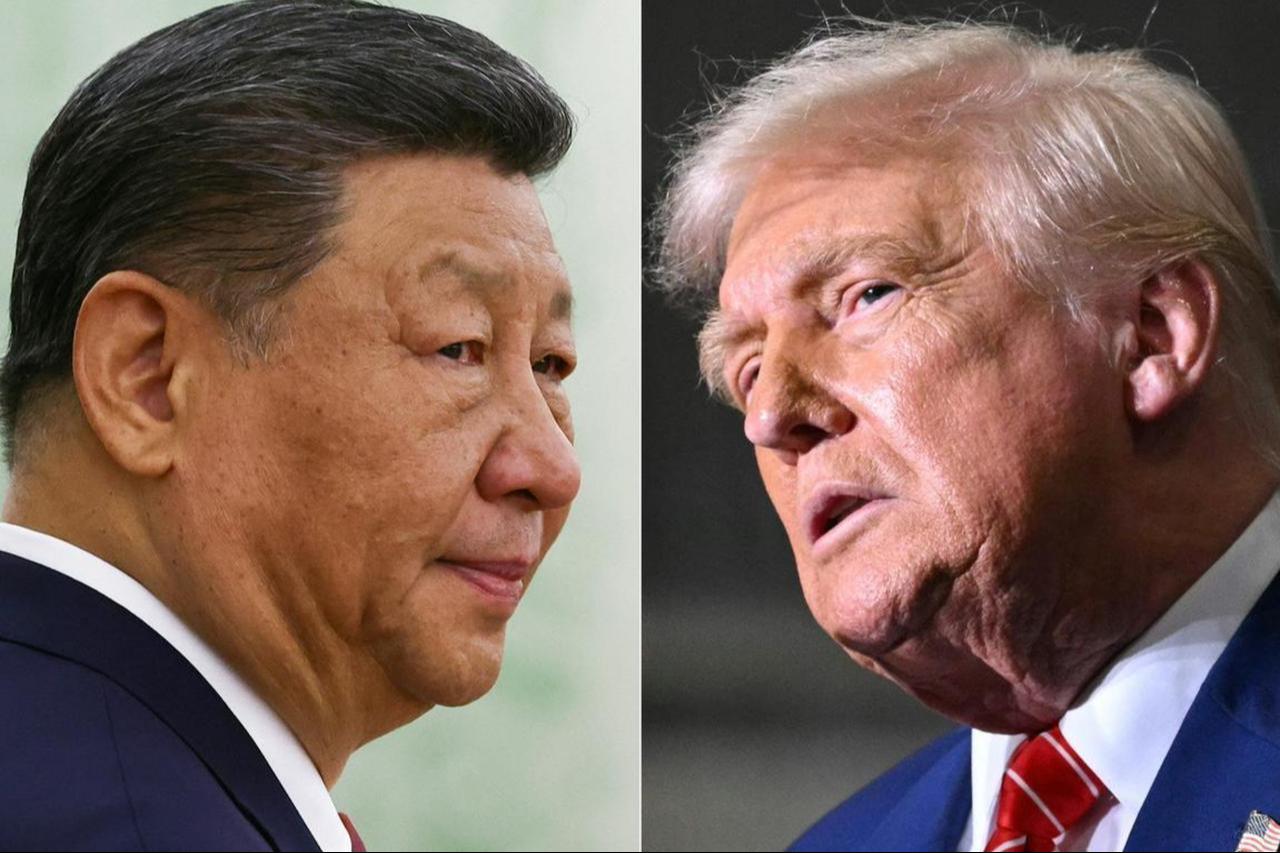
Asian equities climbed sharply on Monday after the United States and China reached a preliminary deal in Kuala Lumpur talks last weekend to avert further tariff escalations, easing tensions in the world’s largest trade dispute.
Equity markets across the region responded positively to the breakthrough. Japan’s Nikkei 225 index rose 2.5% to 50,512.32, hitting a new record high, while Hong Kong’s Hang Seng Index gained 1% to 26,426.75. The Shanghai Composite Index advanced 1.1% to 3,996.02.
U.S. Treasury Secretary Scott Bessent said that the threat of President Donald Trump imposing an additional 100% tariff on Chinese goods was "effectively off the table" following weekend negotiations held in Malaysia. He added that China agreed to delay its planned export controls on rare earth elements and to make substantial purchases of U.S. soybeans.
Chinese Vice Premier He Lifeng described the talks as "candid, in-depth and constructive," confirming that both sides reached a preliminary consensus on tariffs, export controls, and cooperation against fentanyl trafficking. The progress is expected to set the stage for Trump and Chinese President Xi Jinping to meet Thursday in South Korea, on the sidelines of the Asia-Pacific Economic Cooperation (APEC) summit—their first face-to-face meeting since Trump returned to office
Investors welcomed signs that the long-running tariff conflict—which has weighed on global manufacturing and trade—may finally be nearing resolution. The prospect of renewed stability between the two economic powers boosted appetite for risk assets and reduced demand for traditional safe-haven investments such as gold.

Gold prices declined in Asian trading on Monday, extending losses from the previous week as easing U.S.-China tensions reduced the metal’s demand for its safety appeal. Spot gold fell 1.3% to $4,055.72 per ounce at 4:16 a.m. GMT, while U.S. gold futures dropped 1.6% to $4,068.10.
The precious metal ended a nine-week rally last week after reaching record highs above $4,300 per ounce, driven by geopolitical risks and expectations of monetary easing. Traders are now focused on the upcoming Federal Reserve policy meeting on Oct. 29, where a 25-basis-point rate cut is widely anticipated following a weaker-than-expected U.S. consumer price index (CPI) report.
Lower interest rates typically support gold by reducing the opportunity cost of holding non-yielding assets and weakening the U.S. dollar, making bullion cheaper for holders of other currencies.
Other precious metals also moved in line with broader market sentiment. Silver slipped 0.6% to $48.32 per ounce, pressured by the risk-on mood in financial markets. In contrast, platinum and palladium gained around 1%, trading at $1,587 and $1,461 per ounce, respectively